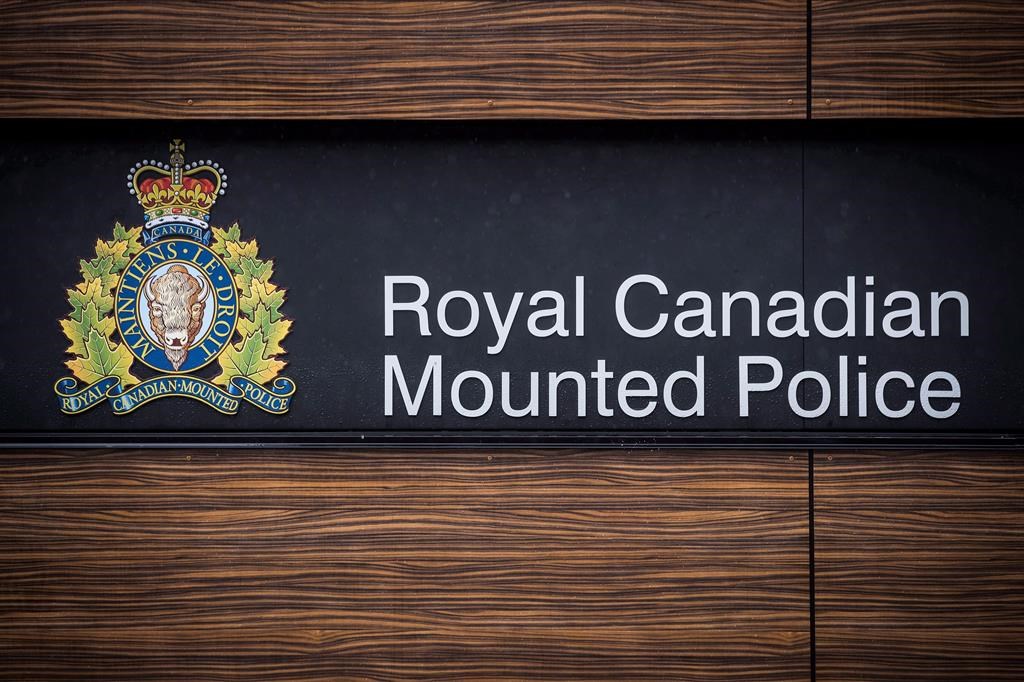A look at some recent transitions to power in provinces across Canada
Posted May 24, 2015 3:17 pm.
Last Updated May 25, 2015 9:30 am.
This article is more than 5 years old.
EDMONTON – Rachel Notley officially became Alberta’s 17th premier on Sunday when she and her cabinet were sworn in, 19 days after the New Democrats won a majority in the May 5 election. Here is a look at the length of some power transitions in other provinces:
British Columbia: On May 16, 2001, voters elected the Liberals to replace the governing NDP. Premier Gordon Campbell took office 20 days later on June 5.
—
Alberta: On Aug 30, 1971, voters elected the Progressive Conservatives to replace the governing Social Credit party. Premier Peter Lougheed took office 11 days later on Sept. 10.
—
Saskatchewan: On Nov. 7, 2007, voters elected the Saskatchewan Party to replace the governing NDP. Premier Brad Wall took office 14 days later on Nov. 21.
—
Manitoba: On Sept. 21, 1999, voters elected the NDP to replace the governing Progressive Conservatives. Premier Gary Doer took office 14 days later on Oct. 5.
—
Ontario: On Oct. 2, 2003, voters elected the Liberals to replace the governing Progressive Conservatives. Premier Dalton McGuinty took office 21 days later on Oct. 23.
—
Quebec: On April 7, 2014, voters elected the Liberals to replace the governing Parti Quebecois. Premier Philippe Couillard took office 16 days later on April 23.
—
Newfoundland and Labrador: On Oct. 21, 2003, voters elected the Progressive Conservatives to replace the governing Liberals. Premier Danny Williams took office 16 days later on Nov. 6.
—
New Brunswick: On Sept. 22, 2014, voters elected the Liberals to replace the governing Progressive Conservatives. Premier Brian Gallant took office 15 days later on Oct. 7.
—
Prince Edward Island: On May 28, 2007, voters elected the Liberals to replace the governing Progressive Conservatives. Premier Robert Ghiz took office 15 days later on June 12.
—
Nova Scotia: On Oct. 8, 2013, voters elected the Liberals to replace the governing NDP. Premier Stephen McNeil took office 14 days later on Oct. 22.










